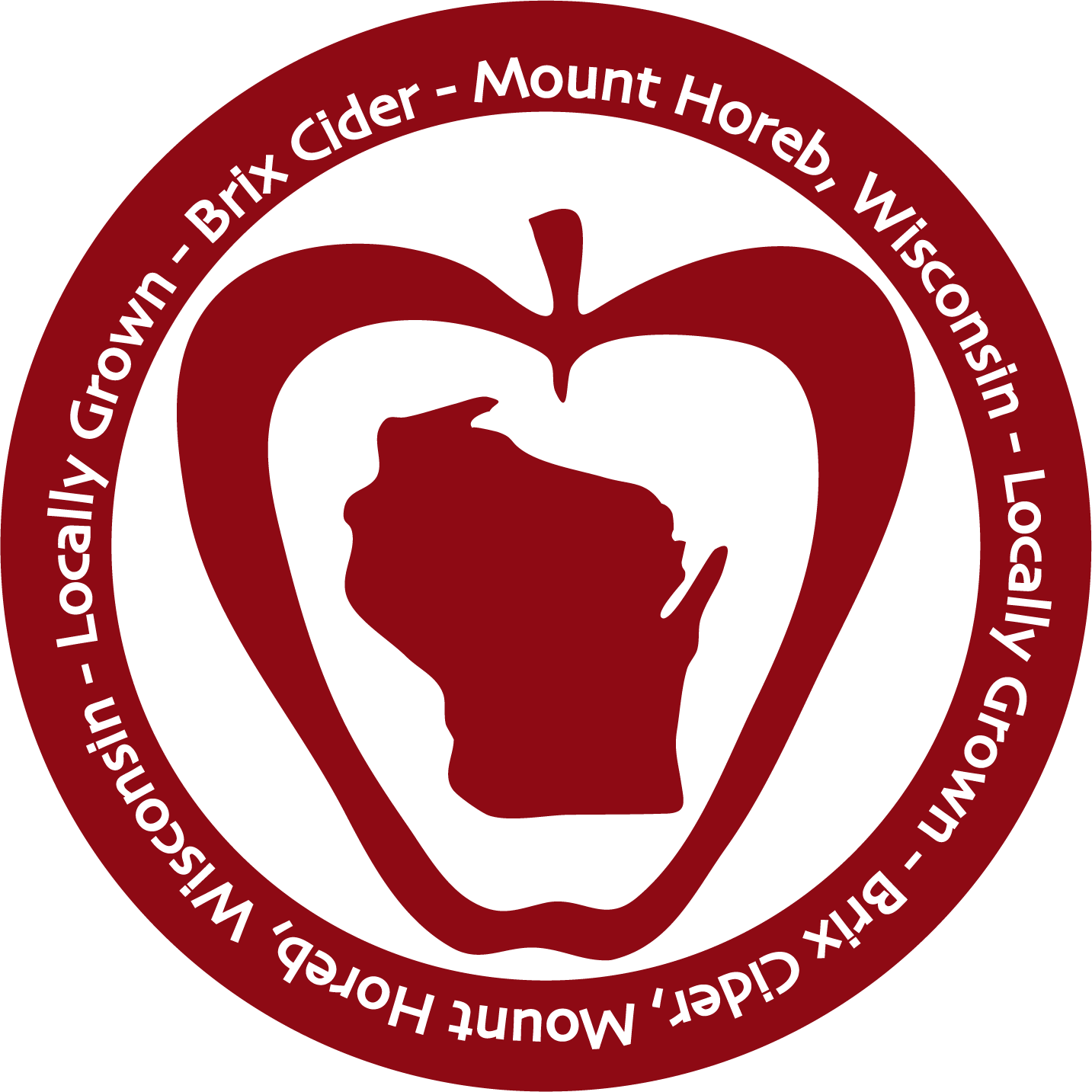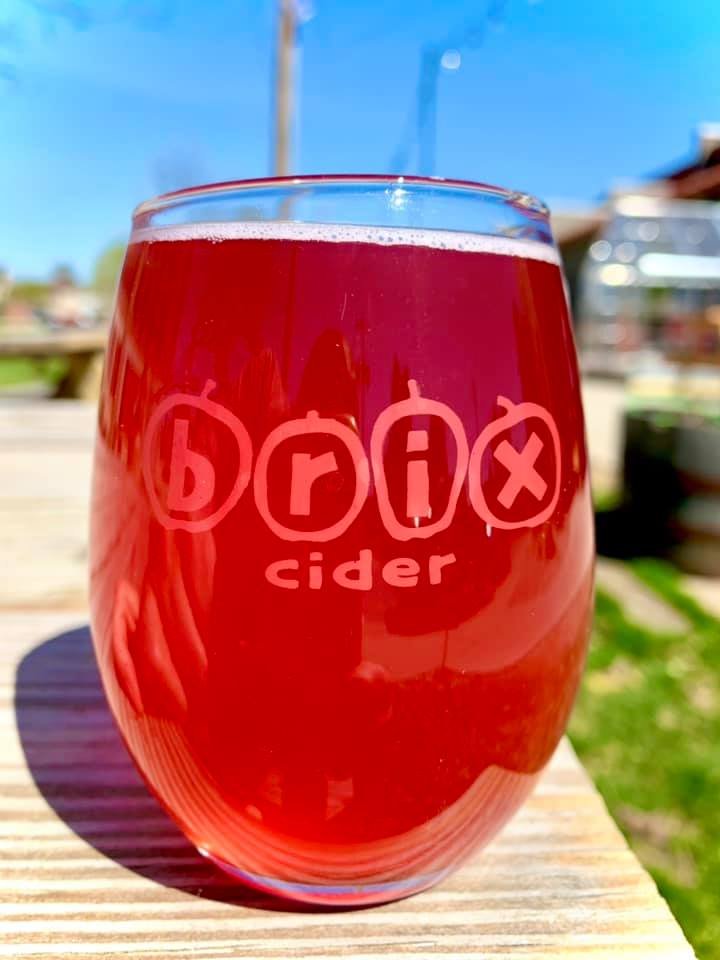Uncommon Crop Cider - Elderberry
About
American elderberry (Sambucus canadensis) is probably best known for their reputed medicinal purposes and as a nutritional supplement. The dark purple, almost black berries vary a bit in flavor, sometimes having wine like qualities and sometimes being a little more plain and seedy. The berries are very small, and they grow in clusters. Unfortunately, they stems are mildly toxic and have an unpleasant planty taste, so they must be removed. American elderberry is a native plant and is quite common along roadsides and forest edges. There are also cultivated varieties, and usually the cultivated varieties are European elderberry which tend to have larger berries that lend themselves more easy to harvest and consumption.
Growing and/or Harvesting the Berries
Elderberries can be readily found and harvested in the wild, but for this project, we used cultivated elderberries. Since Sambucus canadensis is native to this area, they are well adapted to local growing conditions. One challenge with growing them is separating the fruit from the stem after harvest as the stem is inedible. On a small scale it works to freeze them and then pull the off with a fork or massage them off. On a larger scale, specialized destemming equipment can be used.
Carandale Fruit Farm, our partner on this project has experience growing American elderberries, and they share some information here: http://uncommonfruit.cias.wisc.edu/?p=254
They have also grown European elderberries with less success due to lower hardiness of the varieties tested, and more information about these can be found here: http://uncommonfruit.cias.wisc.edu/?p=258
Making the Cider
We froze the elderberries, mashed them up by hand, and put the whole berries along with any juice that came out right into the cider during primary fermentation. The berries were in a fine mesh nylon bag that we pulled out after two weeks. We lightly sweetened this cider with honey.
Above: Elderberry Cider
Tasting the Cider
The elderberries left a surprisingly red color in the cider, and it was a popular cider among our customers. In the consumer survey, it was rated at 7.28 out of 10, making it one of our higher rated ciders in the survey. The elderberries added some depth and complexity to the cider with nothing offensive. There was a mild berry flavor, a little bitterness, and some subtle spiced notes that worked with with the slightly floral honey addition. Overall, the elderberries additions to the cider were subtle but pleasant. In a more intensely flavored beverage, the elderberries might get lost, so a mild cider was an appropriate stage for showcasing the elderberry flavors.
Conclusions
Elderberries certainly have some potential for being featured in craft beverages. We were overall quite pleased with the flavor of the cider, and it seems like a crop that could be grown without too much risk of failure. Harvest and post harvest handling seem like hurdles to overcome, but the challenges don’t seem overwhelming. We’re therefore planning to grow a few elderberries on our farm in hopes of making more cider out of them in the future.

